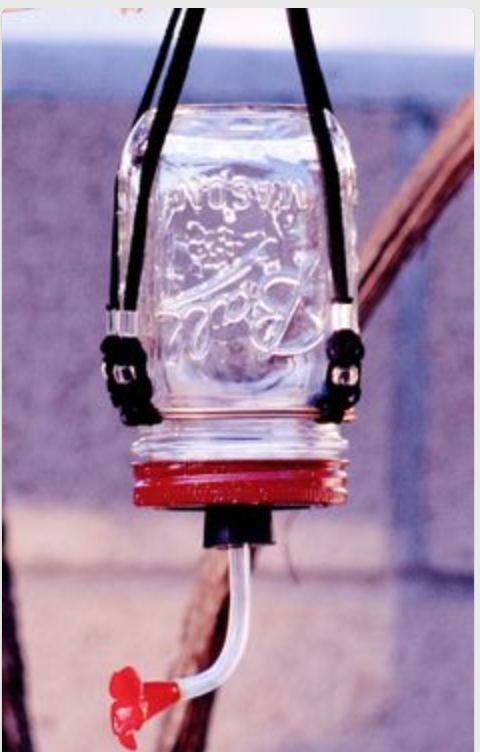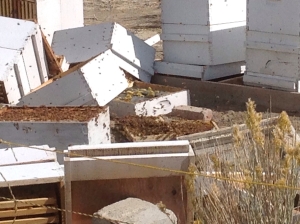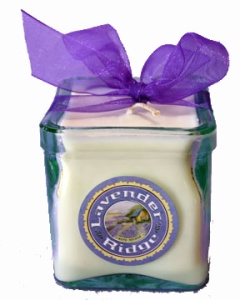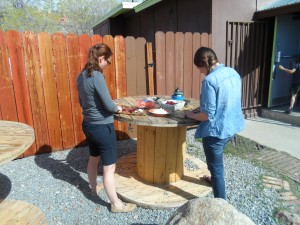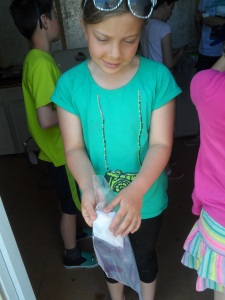It’s hard to think about what the local food movement would have been like now if the Great Basin Community Food Co-op hadn’t developed in town.
It all started back in 2005 as a buyers’ club “piggybacking on the natural food orders of sister businesses and relying exclusively on the volunteer efforts of motivated citizens.” It was also associated with a cooperative CSA program—the Great Basin Basket—that brought the produce of several regional farmers into one weekly subscription for northern Nevada households.
The buyers’ club and Great Basin Basket grew very quickly and opened up a storefront on Wonder St. within a year of the start of community meetings. It then moved to a larger location on Plumas St. in 2008. In 2011, the group held a fundraising campaign to be able to move into an even larger location. And on Feb. 11, 2012 GBCFC opened at its current location: 240 Court St. in the downtown area.
GBCFC’s “purpose is to promote our local food system and to serve as a sustainable cooperative model for access to wholesome food.” And operating under the slogan “Know your food. Know your water. Know your community”, GBCFC keeps strong ties to our local producers.
They currently sell products from around 36 local producers of different kinds. Some of which have been previously covered by this blog, like Hungry Mother Organics and River School Farm. And they also do their part in promoting natural and organic agricultural practices.
When buying products, GBCFC tries to buy from farms, businesses and companies that use “socially just and environmentally sound” practices whenever possible. And on their website, they provide their guidelines followed when purchasing products for their store.
For processed, packaged and bulk food, preference is given to products in this order: local organic, local sustainable, regional organic, regional sustainable, national organic and then national “all-natural.”
And for farmed foods, preference is given in a similar order: local organic, local sustainable, regional organic, regional sustainable, national organic and lastly, international organic.
They also try to offer as many GMO-free (genetically modified organisms-free) foods into their store as possible, and all verifed GMO-free foods are labeled as such on their shelves. Because of availability and the cost of GMO-free products, it is difficult for GBCFC to completely eliminate GMOs from their store although this would be ideal for them.
These guidelines allow for customers searching for these kinds of products to have the best options available to them at the best prices the GBCFC can offer.
GBCFC also hosts many arts and other classes and events on a fairly regular basis. You can find all of these listed on their events calendar on their website.
Source: greatbasinfood.coop
Written by: Sage Leehey




